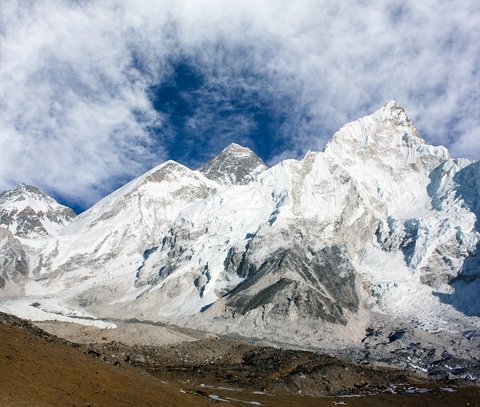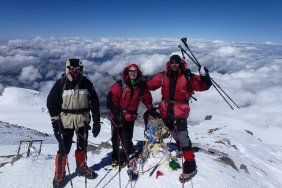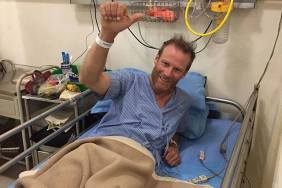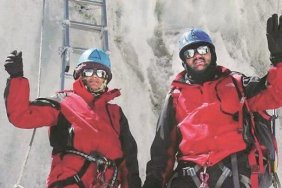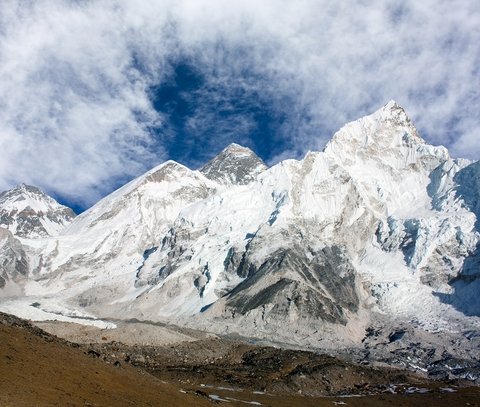
Climbing Mount Everest is one of the most challenging things on the planet, but climbing it alone and without oxygen in the fall. Now come on!
After four previous attempts, Japanese mountaineer Nobukaza Kuriki tried for a fifth time recently to summit Mount Everest on his own and without oxygen. And once again, he was rebuffed, this time due to weather. The effort just proved to be too much.
“I realized if I kept going, I wouldn’t be able to come back alive,” the 33-year-old posted on Facebook. “So I decided to descend.”
On the fourth attempt, he lost nine fingers to frostbite. After this last attempt, he maintained his existing extremities. So that was good.
The Nepal tourism ministry had opened the mountain for this rare autumn summit try for the first time since last spring’s avalanche abruptly ended the climbing season. Climbing experts are divided over the safety of this sort of climb with some openly saying that it’s foolhardy and selfish.
Any climb of Everest necessarily involves others and can put them in danger. In fact sherpas known as “the Icefall Doctors” have already been at work on the mountain repairing the ladder bridging Khumbu Icefall, and have accompanied the climber to Base Camp. A cameraman and sherpas will meet him on arrival at Base Camp 2.
The mountaineer shrugs off criticism and according to statements made during an interview with CNN believes that when he makes a climb by himself he “learns from nature and grows as a human being.” Other climbers understand that sentiment but question the extraordinary risk involved. Some worry that this rare autumn assault on the famous mountain crosses the line for several reasons.
Summit attempts at this time of year have only a 33 percent chance of success compared to 66 percent in the spring when chances for good weather are higher. And even more worrisome, there’s an increased risk of frostbite based on Kuriki’s past experience and his unusual acclimatization protocol that makes many believe his plan and timing are too dangerous.
Mount Everest is a natural laboratory that continues to teach scientists how the body functions and why a lack of oxygen causes a range of problems for climbers. On a 2012 climb Kuriki made it to 27,000 feet before calling for help. Sherpas came to his aid then and brought him back to Base Camp 2 for medical airlift to Kathmandu.
